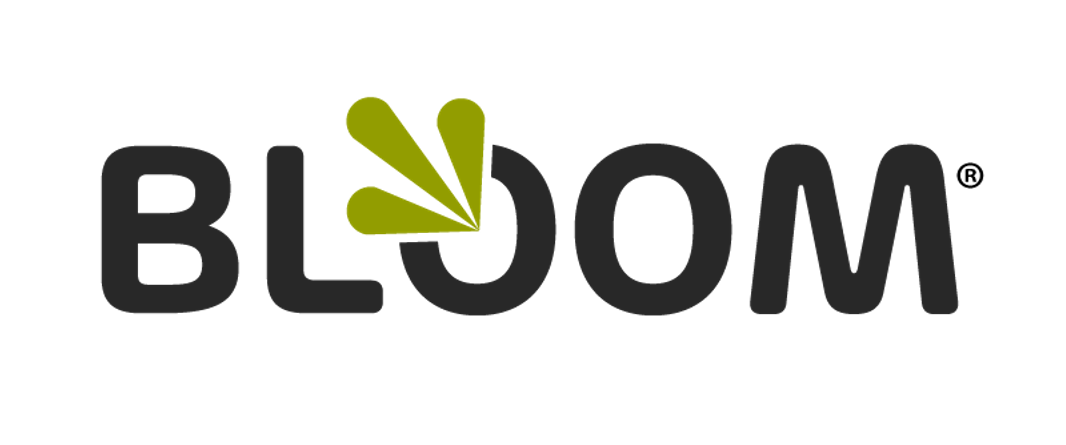Making Team Performance Dialogues A Priority
Accountability for implementing a performance dialogue process can be straightforward. If your CEO and leadership team are committed to the process and have invested in the necessary processes and technologies, yet there is no response to making performance alignment a priority, then you need to join forces with leadership and make it clear. Otherwise, you will not reach the point of leveraging your processes and tools to work for you as intended.
Here are some ideas we’ve gathered:
Educate all team members about the purpose and significance of The Why. This should ideally happen upfront. If the performance review and planning process is still new to your organization, managers and employees may not be clear about the benefits of having an integrated performance management system run consistently and accurately in the organization. Here are some facts to share in your newsletter to all employees and reinforce the purpose at the strategic level:
Organizations with strong performance management systems are 41-51 percent more likely to outperform their competitors.
Integration with strategy and employee involvement at multiple levels drives organizational effectiveness. The system will not work when executed by managers in fragments.
Performance management is a key predictor of both employee and business success.
Results show that the average performance management system improves employees' ability to achieve their goals by 10%. That is substantial for even average work by managers.
Educate managers and teams about the process, schedule, and expectations. This will take multiple sessions and access to many online on-demand training tools. However, without a solid effort in making the process and tools clear, you have little to reinforce.
Train managers on giving feedback. We find that most managers resist performance management because they are uncomfortable with the process and lack the skills to provide honest feedback to employees. All managers have fears, and those fears primarily revolve around 1) the need for (job) security, 2) the need for control, or 3) the need for acceptance. By understanding this, you can develop targeted training to help each manager overcome the specific fear that hinders their ability to be successful with their employees. For instance, managers who need acceptance and approval must understand that being liked and being effective can be the same thing. It is the manager who allows his need for acceptance to override his effectiveness and is ultimately not respected by his employees. The manager in need of control will not lose control by helping employees better understand their job and how to think independently. Without autonomy, controlling managers will end up with a team of “yes” members who are afraid to perform without exact direction. Therefore, with control-based managers, productivity will slow down, and the ability to achieve desired results will not be realized.
Employee-driven accountability. Educate employees about the performance planning process and the deadlines to be achieved throughout the year. Inform employees that if their manager fails to fulfill the scheduled obligations, it is their responsibility to remind the manager and work with them to ensure these obligations are fulfilled. If the process is still not complete, the employee should remind the manager and develop a plan of action. In the book One Page Talent Management (we are fans!), they refer to this as the “time-bomb communication” because you have provided the manager and HR with instructions on how to diffuse the bomb (i.e., have the conversation and complete the reviews). If they choose not to diffuse the bomb, it will blow up.
Show how current behaviors and performance impact the business measures. In addition to the tactics above, report to the organization how specific behaviors and performance are both negatively and positively impacting the business measures for growth. This teaches the expectation and how performance directly affects the measures by which employees are rewarded. If a customer service manager can see how the lack of calls to new customers impacts customer retention and, therefore, sales volume (on which their bonus depends), they might consider how the performance management system is tracking such results in their performance and their inability to unify the team on expectations.
CEO-driven accountability. The CEO serves as a role model for the organization's behavior. If he/she is not completing reviews for the executives and managers, then this will set the tone. Ensure the CEO is on track and understands the impact this has on the team. If he/she is on time, the right tone is set.
Extreme measures for reinforcing accountability. If you are committed to the process and managers are not complying with it, despite all the work you have done above, you may need to take extreme actions to get managers to realize the importance of their role in impacting others.
Withhold the manager’s bonus until all reviews are complete. This may seem extreme, yet it will only have to be done once.
Withhold staff bonuses until the manager completes all reviews, and be sure to let the staff know why they are not being paid. Again, this is extreme and may be the only step left before firing the manager if you are adamant about being committed to the process.
These are just a few ideas we found to hold managers accountable. Do you have any additional ideas for achieving success with manager accountability for performance reviews?
